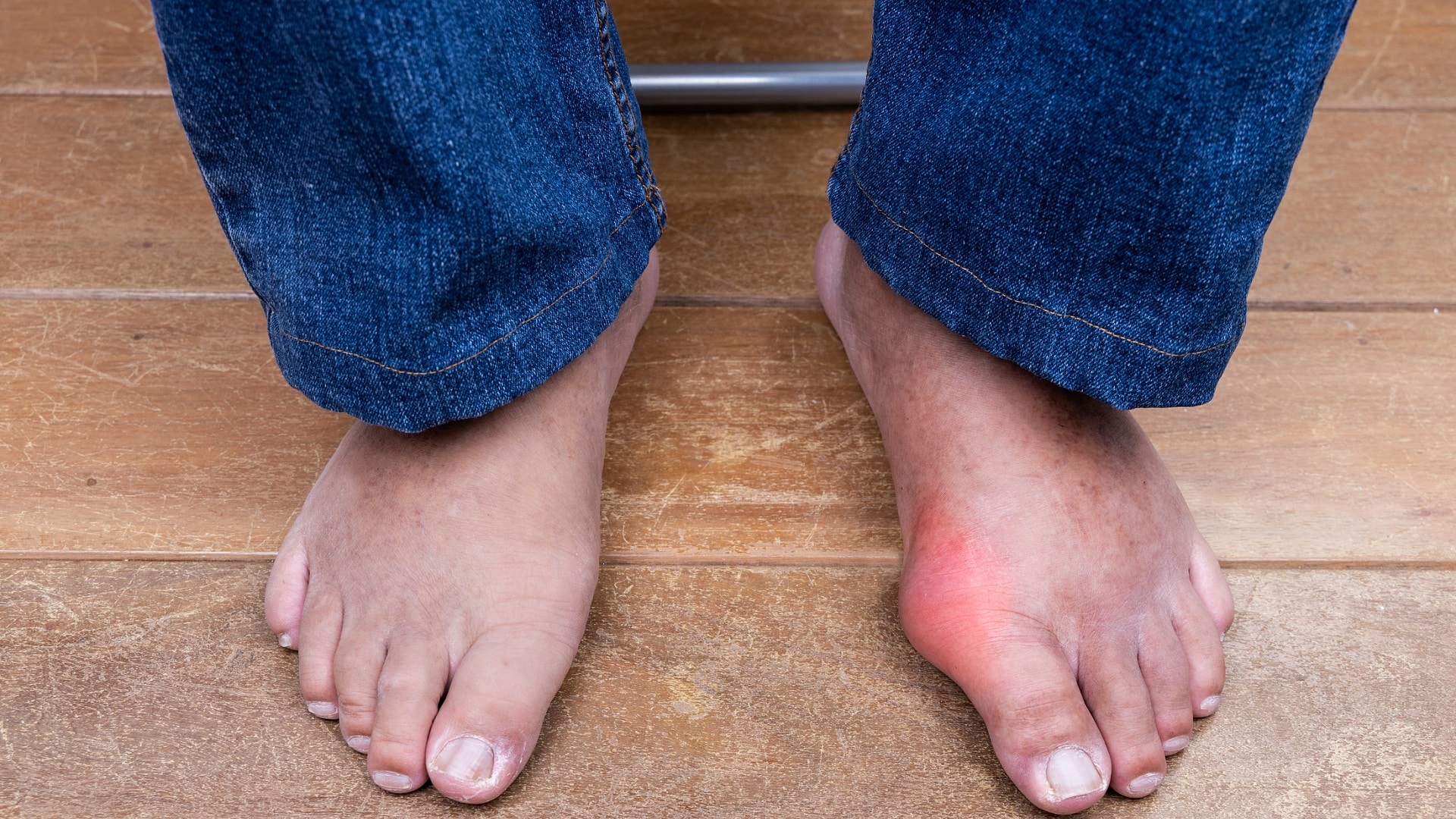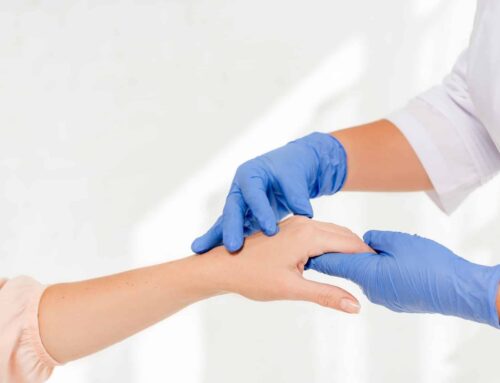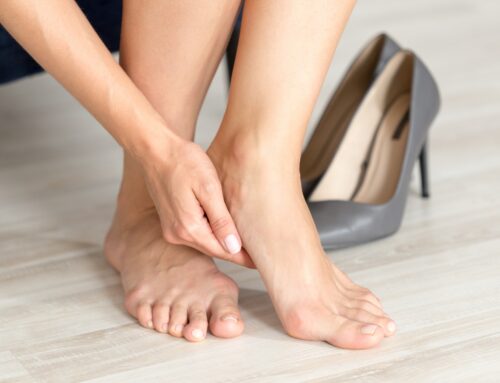Bunions, also known as hallux valgus, are a common foot condition that affects millions of people worldwide. They occur when the big toe deviates from its normal position and starts to lean towards the second toe, causing a bony protrusion to form on the side of the foot. While bunions may seem like a minor cosmetic issue, they can actually have a significant impact on a person’s daily life. In this article, we’ll explore how bunions can affect your daily life and what you can do to manage them.
- Pain and Discomfort
One of the most common symptoms of bunions is pain and discomfort, especially when walking or wearing shoes. The bony protrusion that forms on the side of the foot can rub against shoes and cause irritation, blisters, and calluses. As a result, people with bunions may find it difficult to walk or stand for long periods of time, and may have to avoid certain types of shoes altogether. - Limited Mobility
In addition to pain and discomfort, bunions can also limit a person’s mobility. The misalignment of the big toe can cause the foot to become unstable, making it harder to balance and walk properly. This can lead to a decreased range of motion and difficulty performing everyday activities, such as climbing stairs or bending down. - Psychological Impact
Bunions can also have a psychological impact on a person’s daily life. Many people with bunions feel self-conscious about the appearance of their feet, and may avoid social situations or wearing certain types of shoes as a result. This can lead to feelings of isolation, low self-esteem, and even depression.
Bunion Treatment Options
Fortunately, there are several treatment options available for bunions. In mild cases, non-surgical treatments such as wearing wider shoes, using orthotics, or applying ice or heat to the affected area may be effective in reducing pain and discomfort. For more severe cases, surgery may be necessary to realign the toe and remove the bony protrusion.
Bunion Prevention Tips
While bunions can be hereditary and may not always be preventable, there are several steps you can take to reduce your risk of developing them. These include wearing shoes that fit properly, avoiding high-heeled shoes or shoes with narrow toe boxes, maintaining a healthy weight, and doing exercises that strengthen the muscles in your feet and toes.
In conclusion, bunions can have a significant impact on a person’s daily life, causing pain, discomfort, limited mobility, and even psychological distress. If you’re experiencing symptoms of bunions, it’s important to seek medical advice and explore your treatment options. With the right care and management, you can reduce the impact of bunions on your daily life and maintain healthy, pain-free feet.
References:
- American Orthopaedic Foot & Ankle Society. Bunions (Hallux Valgus). (2021). Retrieved from https://www.aofas.org/footcaremd/conditions/ailments-of-the-big-toe/Pages/Bunions.aspx
- Mayo Clinic. Bunions. (2021). Retrieved from https://www.mayoclinic.org/diseases-conditions/bunions/symptoms-causes/syc-20354799
- National Health Service. Bunions. (2020). Retrieved from https://www.nhs.uk/conditions/bunions/







Leave A Comment